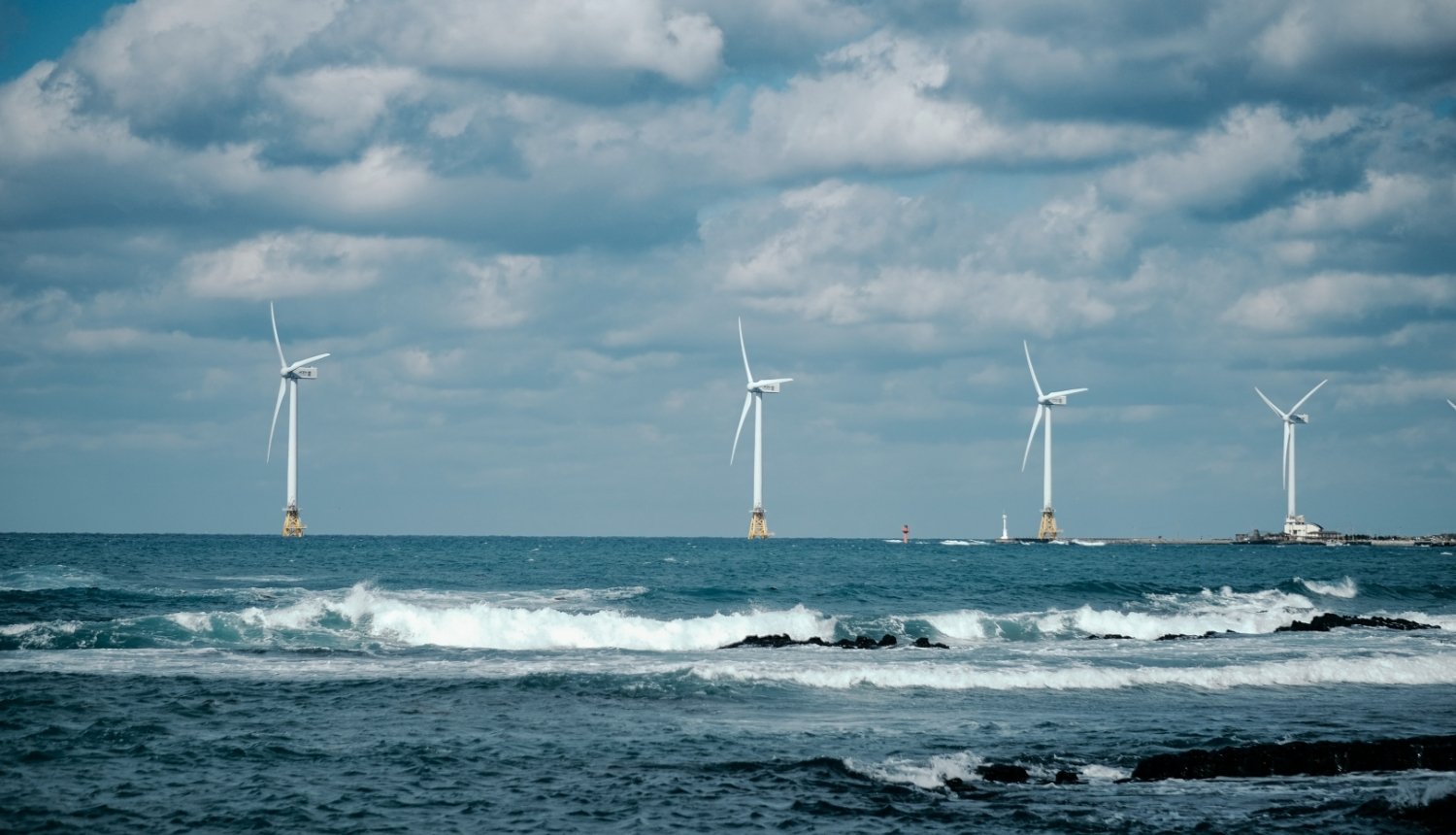The Consumer Protection and Technical Regulatory Authority (TTJA) has initiated superficies license proceedings and environmental impact assessment on the basis of the application for the Estonian-Latvian joint offshore wind farm project (ELWIND) submitted by the Environmental Investment Center (KIK).
The aim of the ELWIND project is the pre-development of the sea area specified in the application, which means that after the superficies license is issued, the state organizes an auction or selective tender, where all developers have the opportunity to acquire a superficies license for the ELWIND area and erect the planned offshore wind farm, TTJA said in a press release.
The project is owned by the Ministry of Climate and managed by KIK. The ELWIND offshore wind farm pre-development project helps to meet the European Union’s goal of strengthening cooperation between member states in the area of renewable energy as it is a cooperation project between Estonia and Latvia.
According to the application submitted by KIK on March 20, 2023, 20-100 electric wind turbines with a maximum height of 330 meters above sea level could be built in the ELWIND area. The planned maximum individual capacity of one wind turbine is 10-25 megawatts (MW), and the total capacity of the planned offshore wind farm is 400-1,000 MW.
The area of the proposed offshore wind farm lies west of the west coast of Saaremaa in an area suitable for the development of wind energy according to the Estonian maritime spatial plan. The size of the encumbered sea area is approximately 200.44 square kilometers.
“Following the initiation of the superficies license proceedings and the environmental impact assessment, KIK can start drawing up the environmental impact assessment program. Among other things, the program provides a description of the assessment methodology used in environmental impact assessment, including information about the studies necessary for environmental impact assessment,” TTJA director general Kristi Talving said.
“KIK must submit an environmental impact assessment program to the TTJA within 18 months and an environmental impact assessment report within 24 months after the decision to approve the environmental impact assessment program as meeting the requirements. After the report is approved as meeting the requirements, the superficies license can be issued and an auction for the development of the offshore wind farm can be organized,” Talving added.
ELWIND is a unique cross-border hybrid project in the European Union. Rein Vaks, head of the energy department of the Ministry of Climate, emphasized that ELWIND does not compete with other offshore wind farm projects.
“By implementing the ELWIND project, we are increasing our domestic competence in the development of offshore wind. It helps us as a country to better prepare for the arrival of the next offshore wind farms,” Vaks said. “Accelerating the development of renewable energy is also supported by the draft acts currently being heard in the Riigikogu.”
EU funding is used to implement the ELWIND project to partially cover the costs of the environmental impact assessment program.
According to Tonn Tuvike, project manager of ELWIND, the aim of the Estonian-Latvian cooperation project is to create favorable conditions for affordable renewable energy to come to our region, which will benefit both the local community as well as Estonian and Latvian electricity consumers.
“The environmental impact assessment program is the first important step in describing the scope and methodology of the studies, community involvement, and so on. We are looking into how an offshore wind farm would affect, among other things, the socio-economic situation, the view from the coast, wildlife and the seabed. Thanks to thorough research, companies have good preliminary information on the conditions under which an offshore wind farm could be built in the area as they participate in the auction,” he said.
EU funding is used to implement the ELWIND project to partially cover the costs of the environmental impact assessment program.
Source: BNS
(Reproduction of BNS information in mass media and other websites without written consent of BNS is prohibited.)






















